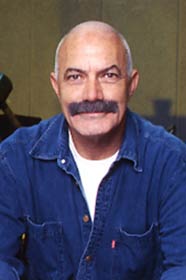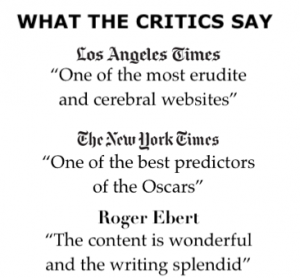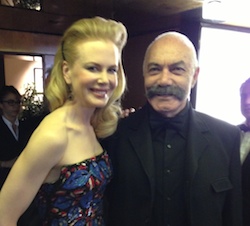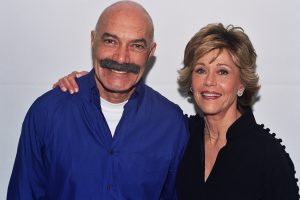Dismissed by most critics, I, Frankenstein begins the movie year of 2014 on the wrong foot.
Variety reports:
The film sets some kind of record for the most expository dialogue in a single feature film, with almost every spoken exchange either relaying a convoluted backstory, outlining a nefarious scheme, or describing the actions currently taking place onscreen.
Utterly witless, listless, sparkless and senseless, this supernatural actioner makes one long for the comparative sophistication of the conceptually identical “Underworld” franchise (with which it shares producers and a writer). It should struggle to show any signs of life at the box office.
Starting off in the late 18th century, the film, directed and written by Stuart Beattie, from a graphic novel by Kevin Grevioux, gives a short, more-or-less accurate rundown of Shelley’s original novel.
Yet no sooner has the good Dr. Victor Frankenstein been laid to rest than his monstrous creation (Aaron Eckhart) is beset by a gang of shape-shifting goth demons, and subsequently rescued by some similarly gothy shape-shifting gargoyles, who whisk him away to their urban home base in a Gothic cathedral.
A race of gargoyles, led by Queen Leonore (Miranda Otto), have been fighting a centuries-long battle with a race of demons, led by Naberius (Bill Nighy). Frankenstein’s monster — duly named “Adam” by Leonore — is wanted by the demons as a blueprint to create a whole army of reanimated corpses, while the gargoyles just hope to keep him, and Dr. Frankenstein’s detailed journal, out of the demons’ hands. Adam is uninterested in joining either side, opting instead to endlessly walk the earth, like Caine from “Kung Fu.”
Flash forward two centuries to the present, and Adam happens to mosey his way back to the same unnamed city, where the gargoyles still scowl from rooftops unbeknownst to the (almost entirely unseen) humans below. The evil Naberius, now taking on the disguise of an oily businessman, is still busy trying to iron out the finer points of regeneration, and his crack (two-person) research team is lead by a leggy blonde electrophysiologist named Terra (Yvonne Strahovski). Eventually, Naberius finally discovers Frankenstein’s journal, and Adam must both recover it and protect Terra in order to stave off “a war that will bring the end of all mankind,” a threat so pressing and cataclysmic that it’s mentioned exactly once.
From here, the film offers a series of choppily-edited battle setpieces, some more expository dialogue, and around two dozen slow-motion shots of various irritable creatures crashing through plate-glass windows. When killed, the demons explode into a geyser of whirling fireballs, while the gargoyles are zapped up heavenward in a column of blue light, meaning that almost every fight scene devolves into a blur of epileptic flashing colors within seconds.
Director Beattie keeps his camera in constant motion throughout, though it’s sometimes unclear what effect he’s trying to produce. The relentlessly obtrusive score is matched in volume by the sound editing, which renders the rustling of clothes and the turning of pages in a book with floor-quaking resonance. The sets and other production design elements, however, are quite nice to look at when the camera holds still for long enough.










